05 Aug2019
By Katrina Norfleet
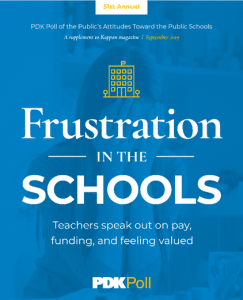 Half of public school teachers have seriously considered leaving the profession in the past few years. Only about half say their community values them a great deal or a good amount, and a majority says that, given the opportunity, they’d vote to go on strike for higher pay, according to the 51st edition of the annual PDK Poll of the Public’s Attitudes Toward the Public Schools released on August 5.
Half of public school teachers have seriously considered leaving the profession in the past few years. Only about half say their community values them a great deal or a good amount, and a majority says that, given the opportunity, they’d vote to go on strike for higher pay, according to the 51st edition of the annual PDK Poll of the Public’s Attitudes Toward the Public Schools released on August 5.
The full results of the PDK Poll are compiled in a report titled Frustration in the schools: Teachers speak out on pay, funding, and feeling valued. This year’s poll has several new features: For the first time in 20 years, PDK included a survey of public school teachers alongside the survey of the general population. They also expanded its sample size by breaking out Asian adults in addition to Black, White, and Hispanic adults. This year, online focus groups of public school parents and public school teachers were included to better understand why Americans responded as they did to the poll questions.
Other notable poll results include the following:
02 Aug2019
By Katrina Norfleet

AACTE joins the Learning First Alliance (LFA) and other national education groups in planning for Public Schools Week 2020, February 24 – 28. Next year will mark the third annual LFA Public Schools Week, designated for administrators, teachers, specialists, teacher educators, parents and school board members to host events for their communities and reach out to lawmakers, businesses, and other community members to discuss the importance of public education.
As a partnering organization, AACTE recognizes that teachers, principals, and support staff who serve in public schools are key to helping students succeed and our nation thrive, and invites members to
01 Aug2019
By Jacqueline Rodriguez
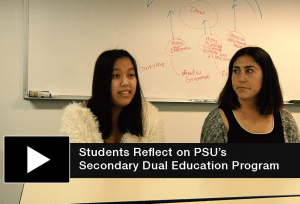 A number of students in Portland State University’s (PSU) Secondary Dual Education Program (SPED) recently reflected on advice they were given before entering the graduate program. “I always want more education than less,” one teacher candidate was advised by a mentor in the field of medicine. The candidate now looks back on her experience in the program with appreciation. “I was ready. I had the resources. I had been in the classroom for two years; it felt natural. I didn’t have the same level of trepidation as some of my first year friends.”
A number of students in Portland State University’s (PSU) Secondary Dual Education Program (SPED) recently reflected on advice they were given before entering the graduate program. “I always want more education than less,” one teacher candidate was advised by a mentor in the field of medicine. The candidate now looks back on her experience in the program with appreciation. “I was ready. I had the resources. I had been in the classroom for two years; it felt natural. I didn’t have the same level of trepidation as some of my first year friends.”
The students who complete the PSU program graduate with a dual endorsement in a secondary education content area and special education. Another candidate reflected on the importance of serving every student in the classroom. His decision to pursue a two-year graduate program in secondary English and special education was an obvious one; it ensured he would be prepared to meet the needs of all students with a range of abilities.
The benefit of being profession-ready is not only valued by the teacher candidates. High school students also note the tremendous advantage they have when a teacher who understands the unique needs of students with IEPs is leading the classroom. In particular, college access traditionally has been stymied for students with significant disabilities. However, one high school student reflected that she has a mentor in her teacher, someone who has guided her toward college-ready curriculum. Learning from their students is another area of mutual benefit expressed by the candidates. The necessity to meet the needs of each student in the classroom is universally acknowledged by candidates, students, and administrators.
To learn more, view the What’s in it for me? video highlighting PSU’s Secondary Dual Education program, part of AACTE’s Research-to-Practice Spotlight Series.
29 Jul2019
By Jerrica Thurman
 Developing and sustaining partnerships with local school districts are critical to the success of the Bowling Green State University (BGSU) Inclusive Early Childhood (IEC) program. Superintendents who work with BGSU assert that all parties need to understand the challenges each school district and university face and must be willing to bridge the gap between research and clinical practice together. BGSU’s teacher candidates are deployed for clinical practice in special education at local schools including in rural areas.
Developing and sustaining partnerships with local school districts are critical to the success of the Bowling Green State University (BGSU) Inclusive Early Childhood (IEC) program. Superintendents who work with BGSU assert that all parties need to understand the challenges each school district and university face and must be willing to bridge the gap between research and clinical practice together. BGSU’s teacher candidates are deployed for clinical practice in special education at local schools including in rural areas.
“One of the pieces that works really well for us is that all of the people working in the education department at the university are parents themselves of students in our district so there’s a vested interest,” said Francis Scruci, superintendent of Bowling Green City Schools. “I think there’s a mutual respect. We certainly respect what the university does and I think they respect what we’re trying to do at the K-12 level and we understand the challenges that both of us face. We are willing to bridge that gap and try to help each other become successful.”
BGSU’s overall objective is to prepare graduates of the IEC program to teach young children with and without disabilities in inclusive settings. The IEC program blends the best practices from early childhood education with early childhood special education. It addresses the knowledge, skills, and values necessary to meet the needs of each child. Graduates of the program are prepared to provide differentiated, evidence-based instruction to young children from birth through grade 3.
To learn more, watch the Developing and Sustaining Partnerships video highlighting BGSU’s Models of Inclusive Clinical Teacher Preparation, part of AACTE’s Research-to-Practice Spotlight Series.
26 Jul2019
By Katrina Norfleet
The Teacher Educator national peer-reviewed journal recently shared the top 10 most downloaded articles in the first three months of 2019. The most downloaded article in 2018 was “Current Issues in Teacher Education: An Interview with Dr. Linda Darling-Hammond” with 2,726 downloads. Other popular articles cover a range of topics including multicultural teacher education, perceptions of ELL students, student stress and coping, and teaching reflective practice. The full list of the top 10 articles are included in the table below.
AACTE President and CEO Lynn M. Gangone serves on Editorial Advisory Board of The Teacher Educator, a forum for promoting discussion among educators who seek to challenge existing boundaries in the field. The journal invites AACTE members to submit notable work on current
19 Jul2019
By Katrina Norfleet
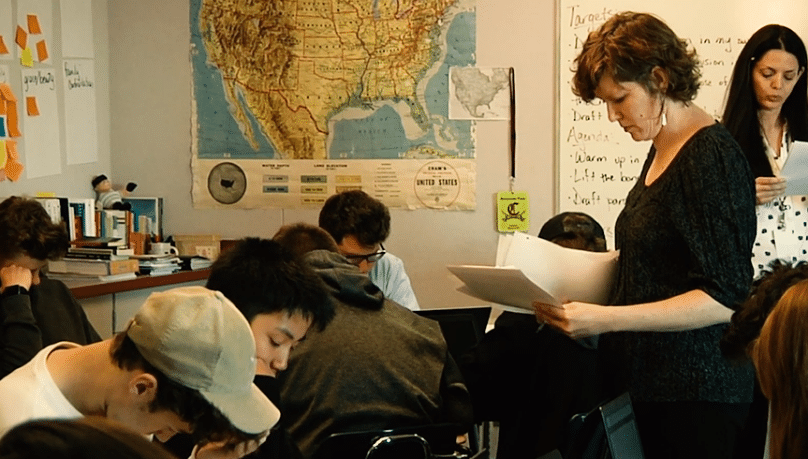
One of the key components of Portland State University’s (PSU) Secondary Dual Education Program is its success in developing and sustaining partnerships with local school districts.
Marvin Lynn, dean of the Graduate School of Education at PSU, shares how the program prepares secondary education teacher candidates to bring content knowledge and “the knowledge that special education teachers have to bare about the learning process and about how to work with these unique populations” to local schools.
Educators like Ana Capac, a special education teacher at Evergreen High School, specifically ask for student teachers from the PSU program because of the mindsets and approaches they bring to the classroom and community. “It is really important that I’m supporting both the student teachers I’m working with on how they are developing this mindset of inclusion, supporting all students, and working within the school to support their colleagues as well,” says Capac.
Andrew Gilford, assistant principal at Clackamas High School, emphasizes this culture shift to more collegial relationships where the PSU teacher candidates and the classroom teachers “speak the same language” and can work together to serve students with disabilities and improve learning outcomes. “Coming from this kind of program and this kind of background, you are immediately an advocate,” adds Rob Parness, special education teacher and former academic coach at Tigard High School.
In discussing the culture shift, Will Parnell, curriculum and instruction department chair at PSU, emphasizes that the program was built based on relationships with the community. “There were local districts that were saying ‘we want special ed teachers that can support students in general ed classrooms’ but they found out that teacher prep programs were not focused on that,” says Susan Bert, assistant professor of practice, special education at PSU. “So there was a need.”
To learn more, view the Developing and Sustaining Partnerships video featuring PSU’s Secondary Dual Education program.
11 Jul2019
By Jerrica Thurman
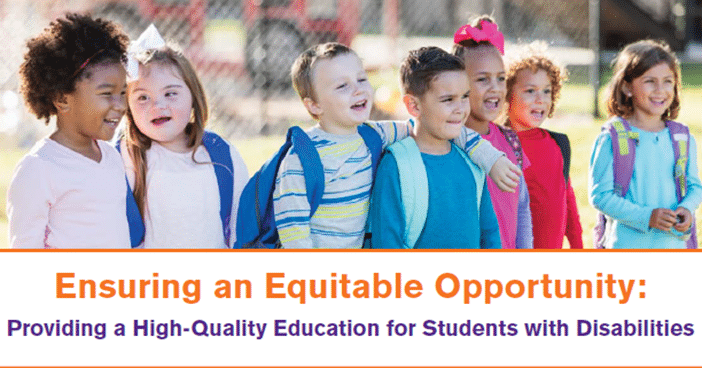
The Council of Chief State School Officers (CCSSO) recently released Ensuring an Equitable Opportunity: Providing a High-Quality Education for Students with Disabilities, a report that details policy and practice considerations around individualized education plans chiefs and state education leaders can reflect upon and implement in ensuring all students, especially students with disabilities, have access to a high-quality education. Students with disabilities are provided with an individualized education program (IEP) to ensure they receive specially-designed instruction and related services. The IEP is the primary mechanism for ensuring students with disabilities receive the right educational content and rigor at the right moment in their education.
The Education for All Handicapped Children Act of 1975 marked an historic win for civil rights when the doors to public education were opened for all students. For the first time, children with disabilities had access to a public education and the hope of a productive and fulfilling future. Today, the Individuals with Disabilities Education Act of 2004 (IDEA), the most recent iteration of that law, aims to deliver on that promise; namely, that all students with disabilities have equitable access to a free appropriate public education (FAPE) in the least restrictive environment.
09 Jul2019
By Brandon R.T. Frost
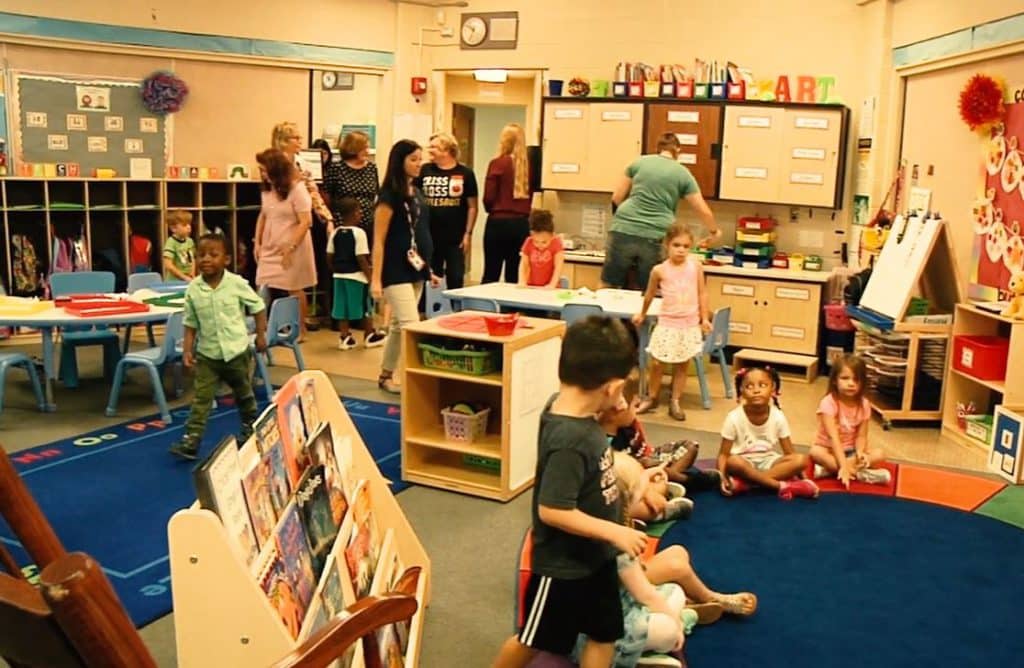
The Dual Licensure component of the Inclusive Early Childhood Program at Bowling Green State University (BGSU) supports teachers by improving their teaching craft and ensuring that teachers’ instructions remain relevant to their students.
Brenda Gift, the director of student services at Educational Services Center of Lake Erie West, applauds the program for providing high quality teachers who are eager to work in integrated classrooms. She further asserts that school districts are more likely to hire BGSU teacher candidates because of their dual licensure. Not only does the dual licensure indicate that teacher candidates can support all students, but it makes them marketable and competitive for hiring.
Some of the mentor teachers in partner school districts who support BGSU teacher candidates are BGSU alumni. Despite the responsibilities of being a classroom teacher, they value mentoring BGSU teacher candidates because they know how important it is to have an effective and supportive host teacher. The early childhood students benefit from teacher candidates because it provides a smaller teacher-to-student ratio. Teacher candidates agree that having proper training for inclusive education benefits them and the students they teach, assuring they are ready to instruct all learners once they enter the classroom.
To learn more, watch the What’s In It for Me? video highlighting BGSU’s Models of Inclusive Clinical Teacher Preparation, part of AACTE’s Research-to-Practice Spotlight Series.
28 Jun2019
By Brandon R.T. Frost
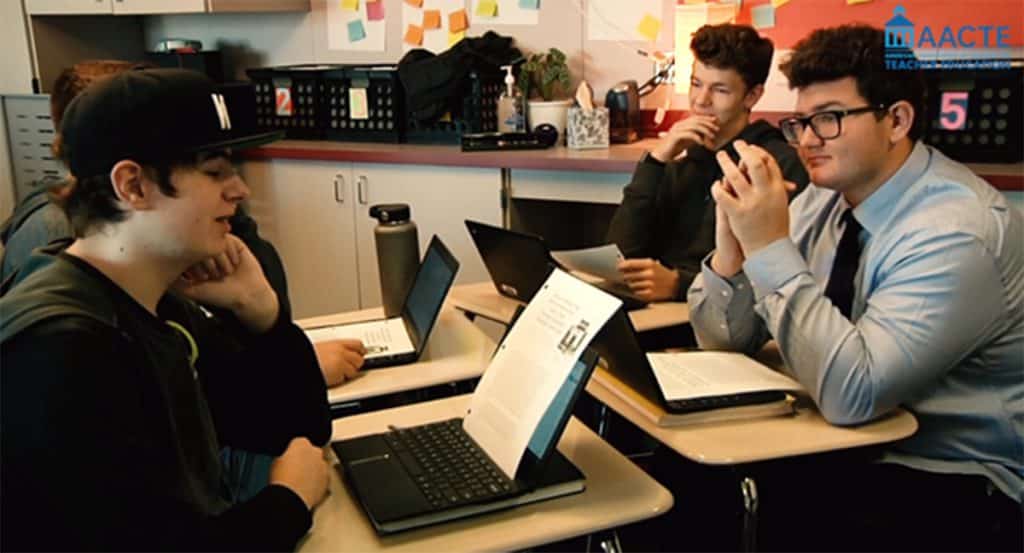
Empowering teachers to feel adequately prepared on their first day of teaching is the goal of Portland State University’s (PSU) Secondary Dual Education Program (SPED). As classrooms becomes more diverse, teachers need skills to address all students’ needs and make every student feel they are included in a positive community.
Andrew Gilford, assistant principal at Clackamas High School, believes the training and preparation his teachers receive from SPED enables them to meet the needs of all their students in the classroom. The program requires all teacher candidates to have two years of practice before entering the classroom. In particular, during the two years candidates engage in a combination of observation and student teaching. Michael Bowersox agrees that the two-year program allowed him to combine his coursework at PSU with classroom practice so that he is ready to be an effective teacher on the very first day as a teacher of record. Teacher candidates are matched with master teachers, learn to plan together, and develop the teaching skills to positively affect student achievement for all.
The highlight of PSU’s Dual Degree program is the training it provides its teacher candidates to be inclusive educators. “A characteristic of a successful classroom is the ability for everyone to feel included and have the opportunity to be included,” says Joseph Cornett, a graduate of PSU and a social studies teacher at David Douglas High School. He explains that the program taught him how to set up his students for success, work collaboratively with teachers, and navigate the school system and curriculum.
To learn more, view the video highlighting PSU’s Secondary Dual Education program, part of AACTE’s Research-to-Practice Spotlight Series.
21 Jun2019
By Brandon R.T. Frost
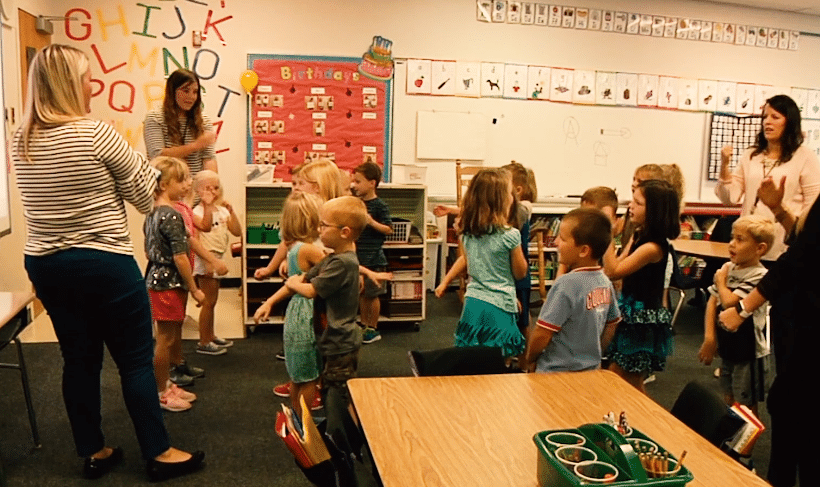
The Early Childhood Inclusive Education Program at Bowling Green State University (BGSU) prepares teachers to educate the youngest of school-age children with a solid foundation for learning. “This program is an example of innovation as it relates to making sure our students at the earliest stage have opportunities to develop and be successful in their lives,” says Rodney Rogers, president of Bowling Green State University. As a public university, BGSU sees itself as serving the public good and views the College of Education & Human Development as a place where all teacher candidates are prepared to meet the needs of their students. Teachers who graduate from the program are ready to enter the classrooms with the skills to accommodate all students.
12 Jun2019
By NCLD
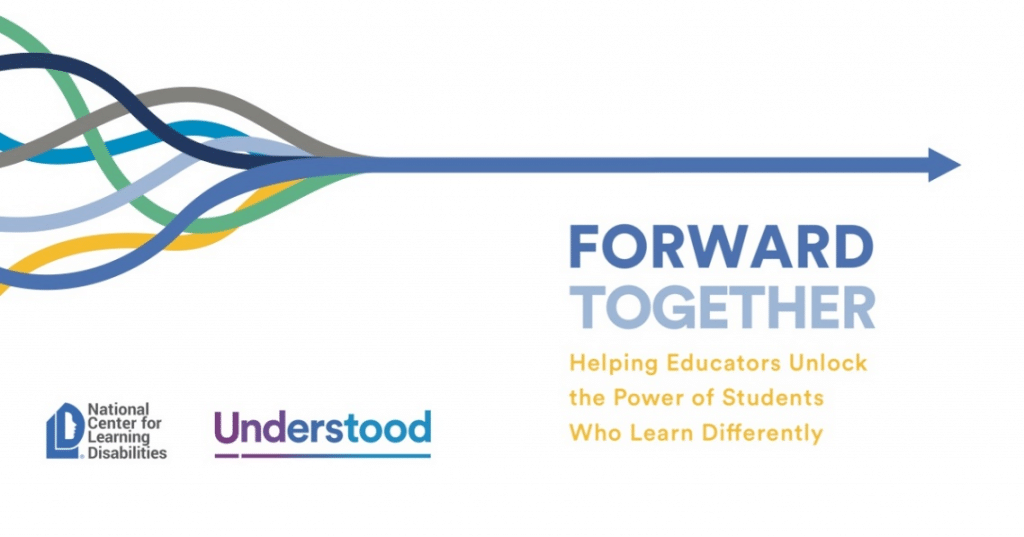
One in 5 students in the United States have learning and attention issues. This includes those with identified specific learning disabilities, diagnosed attention deficit and hyperactivity disorder, or related disorders that impact learning. Despite often having above average or average intelligence, the majority of these students are achieving below grade level. This equates to millions of students across the nation whose strengths and potential are going untapped.
The National Center for Learning Disabilities (NCLD) and Understood set out to unpack and address this problem. We partnered with teachers—often the most consistent touchpoint for students after their caregivers—to understand their experiences and insights. We rooted these experiences in rigorous research focused on general education classrooms, where the majority of the “1 in 5” spend most of their time. The culmination of this work is found in “Forward Together,” a new report from Understood and the NCLD.
AACTE is joining several other education organizations to develop Forward Together Toolkits for our teachers and teacher educators. Stay tuned for more information on the dissemination of those toolkits!
10 Jun2019
By Rosanne Luu
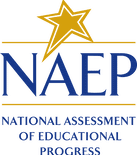 Greetings from the National Assessment of Educational Progress (NAEP) 2025 Mathematics Framework team at WestEd. NAEP, also known as the Nation’s Report Card, measures student achievement in elementary and secondary schools. Public review of the Mathematics Framework draft is underway, and we would like you to be aware of the offerings for stakeholder groups to become informed and, if you haven’t already, provide input on this important document.
Greetings from the National Assessment of Educational Progress (NAEP) 2025 Mathematics Framework team at WestEd. NAEP, also known as the Nation’s Report Card, measures student achievement in elementary and secondary schools. Public review of the Mathematics Framework draft is underway, and we would like you to be aware of the offerings for stakeholder groups to become informed and, if you haven’t already, provide input on this important document.
First, the Mathematics Framework draft, along with further information about NAEP, can be accessed at FNAEPFrameworkUpdate.org. By clicking the “Framework Draft” tab, interested parties can receive directions on how to download, comment on, and upload the draft. AACTE has reviewed the draft framework and provided feedback to NAEP. The draft was available for comment through June 7, 2019.
Additional background information on this work can be found on our website. For example, on April 25, 2019, Suzanne Wilson from the University of Connecticut and Mike Shaughnessy from Portland State University discussed their work on the NAEP Mathematics Assessment Framework on the Math Ed podcast. Also, upcoming opportunities to engage with the draft Framework, such as webinars with members of the Council of Great City Schools, are located on the Outreach Events tab.
30 May2019
By Timothy Drake

“Wait, what happened?!?”
“I had to help deliver a baby today.”
“You what!?!”
In the first day of her full-time residency, Jennifer Wilker had to help one of her teachers deliver her baby. Jennifer was in Warren New Tech High School, which is located near Norlina—a small, rural town in northeastern North Carolina that is over 30 miles from the Halifax Regional Hospital.
Though this seems like an extreme example, principals all over the country will no doubt smile, knowing that Jennifer’s experience isn’t too atypical.
30 May2019
By Brandon R.T. Frost
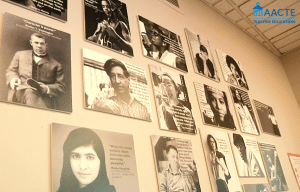
Portland State University’s Graduate School of Education offers a unique, two-year, full-time master’s degree in secondary dual education. In 2014, the Department of Curriculum and Instruction and the Department of Special Education joined together to meet the need of the surrounding communities to increase the number of teachers who are skilled in effective practices for a variety of students. Graduates of the program are equipped to implement inclusive and equitable practices.
“The secondary dual education program in the Graduate School of Education really represents, I think, innovation, collaboration, and equity and inclusion at its highest levels,” says Marvin Lynn, dean of the Graduate School of Education at Portland State University. This particular program was born out of need to ensure all teachers are meeting the needs of all students in the classroom. The emphasis on diversity and equity is part of the Graduate School of Education’s strategic mission as an access university.
24 May2019
By Brandon R.T. Frost
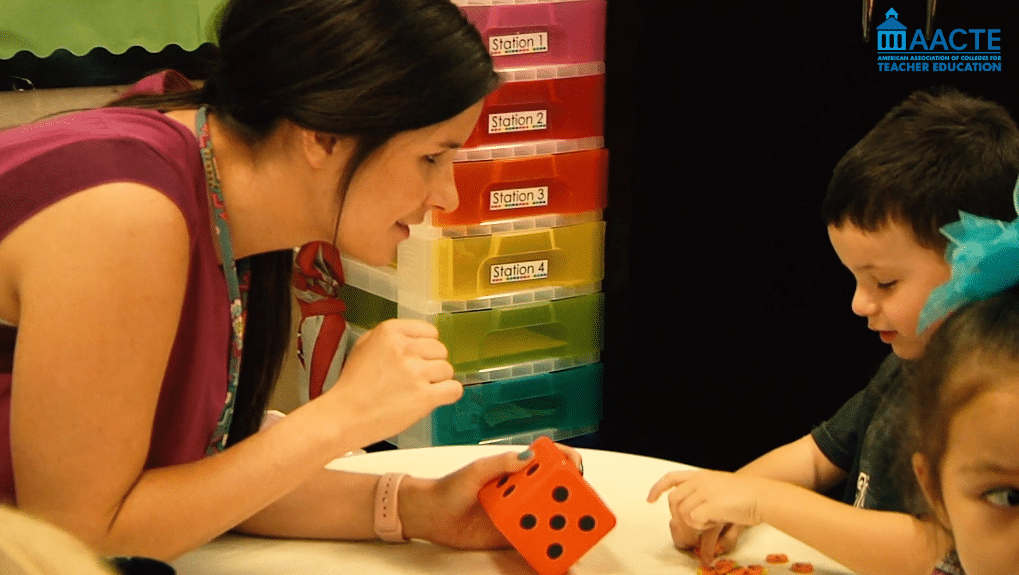
Bowling Green State University’s innovated Inclusive Early Childhood Education program seeks to address the need for teacher candidates to be well prepared to enter the classroom. BGSU recognized the importance of shifting their program to assist their teacher candidates in garnering the necessary teaching practices for a changing classroom environment. “We certainly have a wide array of learners with very diverse needs and one the things that this program helps us do is to ensure that we are graduating teachers that are ready to meet the needs of all those learners,” says Dawn Shinew, dean of the College of Education and Human Development at Bowling Green State University.
Every year, BGSU places over 900 teachers through 88 different partnerships with school districts throughout Ohio, which include both urban and rural districts and social service agencies. Teachers are expected to continue taking coursework during their clinical placements to ensure there is a connection among their coursework and their teacher training in the field. More importantly, BGSU believes teacher candidates should be exposed to the fieldwork earlier than what more traditional programs prescribe. Whereas other, more traditional programs place teacher candidates as student-teachers in their senior year of undergraduate studies, BGSU starts placing juniors in clinical settings with the hope to increase their exposure to their career and receive additional training in a variety of education settings, including special education and inclusive classrooms.
 Half of public school teachers have seriously considered leaving the profession in the past few years. Only about half say their community values them a great deal or a good amount, and a majority says that, given the opportunity, they’d vote to go on strike for higher pay, according to the 51st edition of the annual PDK Poll of the Public’s Attitudes Toward the Public Schools released on August 5.
Half of public school teachers have seriously considered leaving the profession in the past few years. Only about half say their community values them a great deal or a good amount, and a majority says that, given the opportunity, they’d vote to go on strike for higher pay, according to the 51st edition of the annual PDK Poll of the Public’s Attitudes Toward the Public Schools released on August 5.
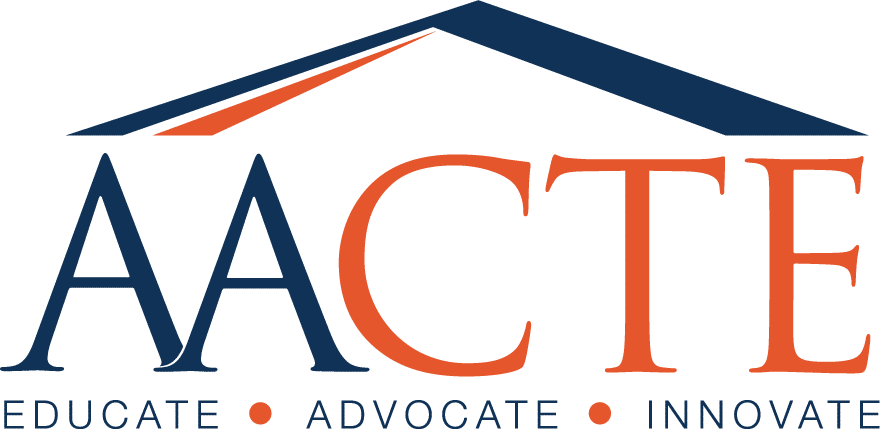














 Greetings from the National Assessment of Educational Progress (NAEP) 2025 Mathematics Framework team at WestEd. NAEP, also known as the Nation’s Report Card, measures student achievement in elementary and secondary schools. Public review of the Mathematics Framework draft is underway, and we would like you to be aware of the offerings for stakeholder groups to become informed and, if you haven’t already, provide input on this important document.
Greetings from the National Assessment of Educational Progress (NAEP) 2025 Mathematics Framework team at WestEd. NAEP, also known as the Nation’s Report Card, measures student achievement in elementary and secondary schools. Public review of the Mathematics Framework draft is underway, and we would like you to be aware of the offerings for stakeholder groups to become informed and, if you haven’t already, provide input on this important document. 

